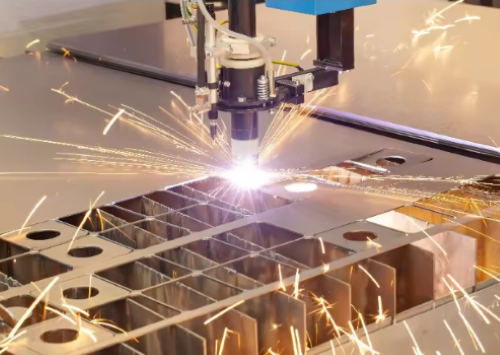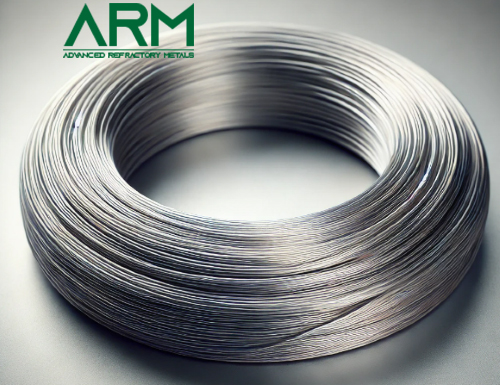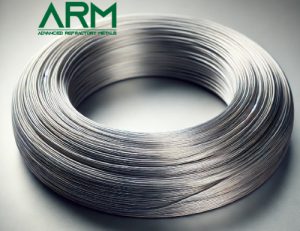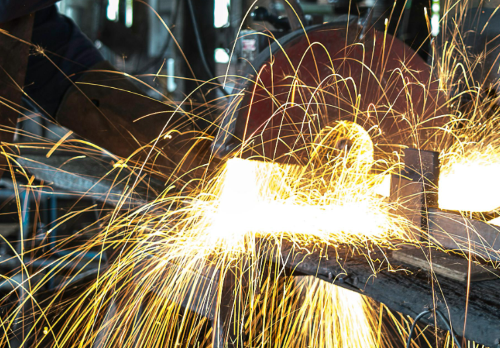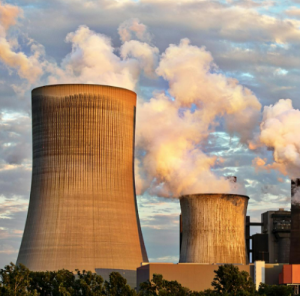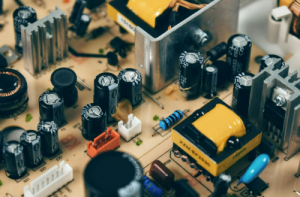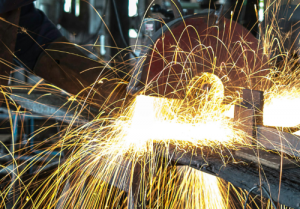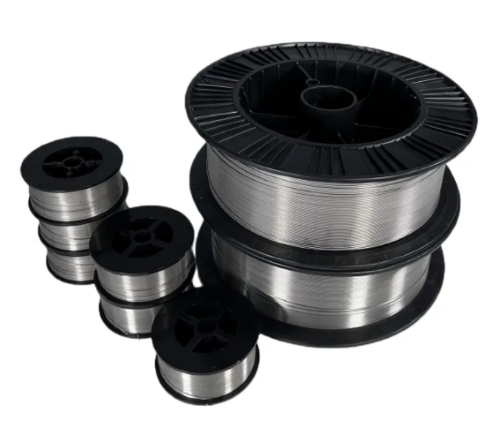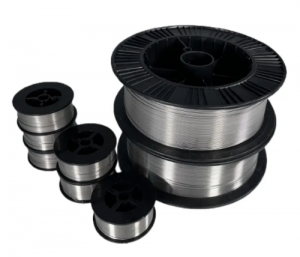Introduction
Plasma cutting technology has become a cornerstone of modern metalworking industries due to its ability to make clean, precise cuts on electrically conductive materials. Hafnium wire is used in the tips of electrodes for plasma torches, and contributes to the advancement of plasma cutting. This article will explore the fundamentals of plasma cutting and the role of hafnium wire.
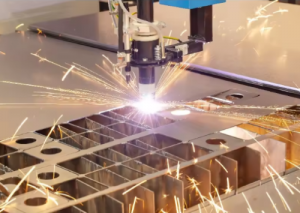
What is Plasma Cutting?
Plasma cutting is a process that employs a plasma arc to cut through metals such as steel, aluminum, and copper. The process begins by creating an electrical arc between an electrode and the metal being cut. A gas, such as compressed air or nitrogen, is then forced through the plasma torch, where it is heated by the arc to an extremely high temperature, converting the gas into plasma. The high-velocity plasma jet melts the metal, and the compressed gas blows away the molten material, creating a clean and precise cut.
One of the key advantages of plasma cutting is its ability to cut through thick materials at high speeds while maintaining accuracy. It’s widely used in industries like metal fabrication, automotive repair, shipbuilding, and manufacturing, where precision and efficiency are paramount.
Related reading: Electrode Materials for Plasma Cutting Machines
Why Use Hafnium Wire in Plasma Cutting?
Hafnium wire is essential for the electrodes used in plasma cutting torches. The electrodes are responsible for generating the plasma arc, which is the heart of the cutting process. Hafnium is favored for this role due to its remarkable properties that withstand the harsh conditions inside a plasma torch
- High Melting Point: Hafnium has an exceptionally high melting point of 2,233°C (4,051°F), allowing it to maintain structural integrity during the plasma cutting process, where temperatures can easily surpass 20,000°C (36,032°F). This is critical for preventing the nozzle from melting or deforming during extended use, ensuring that the cutting process remains precise and efficient.
- Durability and Longevity: In plasma cutting, the electrode must endure repeated exposure to high electrical and thermal stresses. Hafnium wire’s ability to resist wear and corrosion under these conditions contributes to a longer lifespan for the electrode. This reduces downtime associated with frequent electrode replacements and minimizes the operational costs of maintaining plasma cutting equipment.
- Superior Conductivity: Hafnium’s excellent electrical conductivity ensures that the plasma arc remains stable and consistent throughout the cutting process. This stability is crucial for producing clean cuts and preventing imperfections that could arise from an unstable arc.
Hafnium’s combination of high-temperature resistance, durability, and conductivity makes it the ideal material for plasma cutting electrodes.
Hafnium Wire vs. Zirconium Wire: Which is Better?
While hafnium and zirconium are both used in industrial applications, their performance in plasma cutting varies significantly.
–Performance Differences:
Hafnium wire is better suited for plasma cutting due to its superior chemical stability and higher melting point. In the high-temperature environment of plasma cutting, hafnium remains stable, preventing the electrode tip from melting, fusing, or deforming. This ensures that the cutting nozzle maintains its shape and functionality over time, leading to more consistent cutting performance.
In contrast, zirconium wire, although resistant to corrosion, is prone to oxidation and thermal expansion during plasma cutting. At high temperatures, zirconium is more susceptible to wear and deformation, which can compromise the integrity of the cutting nozzle and result in less efficient cuts. This makes zirconium less ideal for applications requiring high durability and precision.
–Application Scenarios:
Hafnium wire excels in high-demand and high-precision environments where stability, durability, and chemical resistance are critical. It is especially suited for cutting tough and hard-to-machine materials, such as stainless steel, alloys, and thick metal sheets. Industries that require consistent, high-quality cuts—such as aerospace, automotive, and heavy manufacturing—benefit greatly from using hafnium-based electrodes.
On the other hand, zirconium wire is more appropriate for lower-demand cutting applications, such as when working with softer metals like copper and aluminum. These materials do not require the same level of heat resistance or durability, making zirconium a more cost-effective option in these cases. However, when it comes to cutting harder materials or in high-precision jobs, zirconium wire does not perform as reliably as hafnium.
Conclusion
Hafnium wire is a key advancement in plasma cutting technology. Its high melting point, chemical stability, and superior conductivity make it the ideal material for plasma cutting electrodes, allowing for more efficient, precise, and durable performance. In comparison, zirconium wire, while useful in less demanding cutting applications, lacks the resilience required for high-temperature, high-precision environments.
As industries continue to push for greater efficiency and precision, hafnium wire remains at the forefront of plasma cutting advancements, enabling manufacturers to achieve cleaner cuts, reduce downtime, and optimize overall productivity. For further details, please check Advanced Refractory Metals (ARM).
